Exploring HK Engineering is a wondrous experience. The former eighth-century monastery that the company calls home sprawls across a rural corner of Upper Bavaria and feels like a small village – a mecca, if you will, for devotees of the Mercedes-Benz 300SL. Its guru Hans Kleissl spent a decade rejuvenating the historic buildings in the 1980s while simultaneously forging a reputation as the authority on the cult classic 1950s sports car.
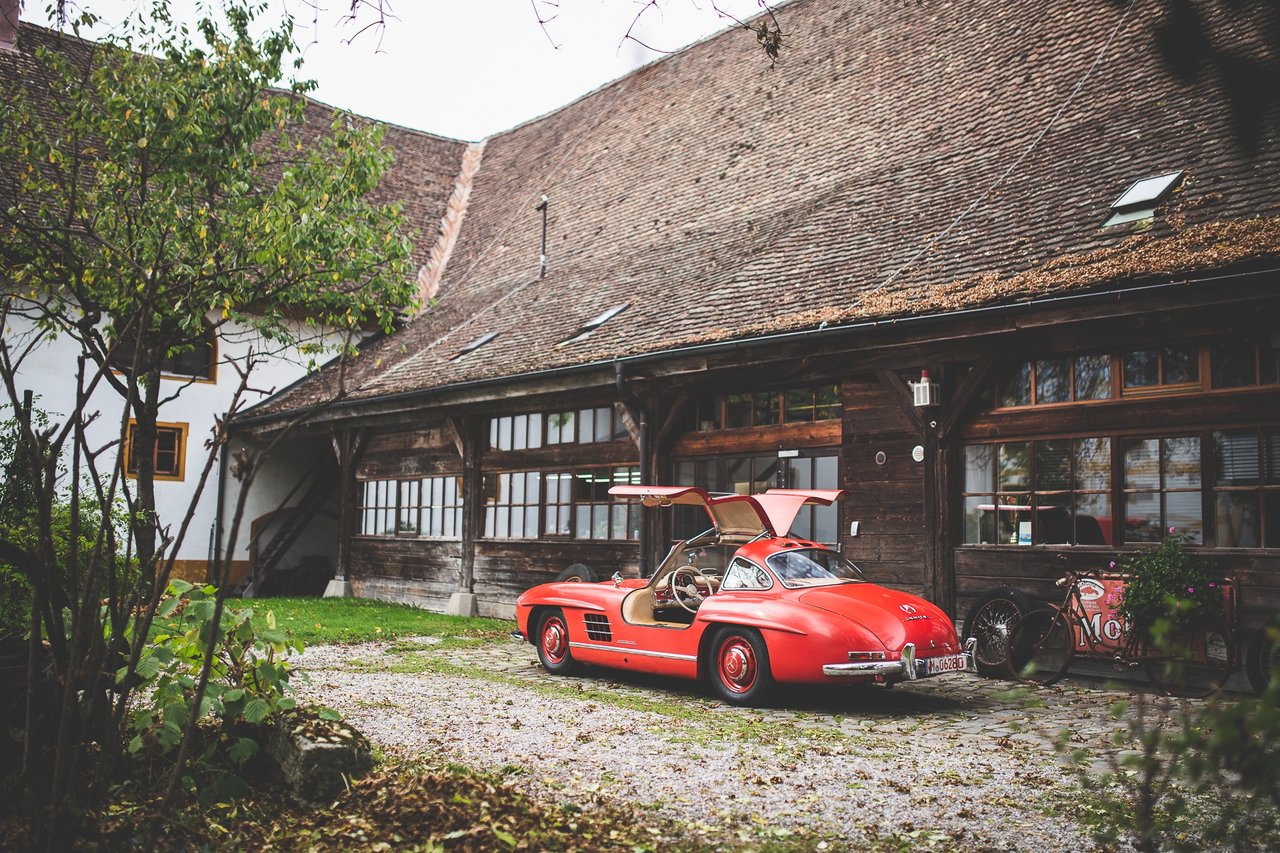
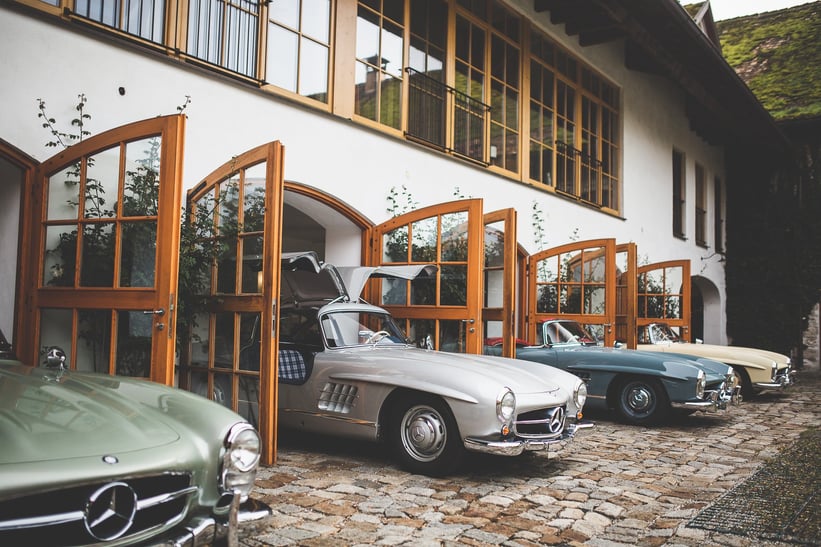

Kleissl owned over 100 cars before he decided to devote his life to the 300SL – well, we don’t all marry our first fling, do we? Obsessed with originality, he has restored and maintained hundreds of 300SLs over the years and done more for its conservation than any other individual. It’s for good reason that he’s been on the board of the German Mercedes-Benz 300SL Club for over 10 years.
At any one time, there are more than 50 300SLs present at HK Engineering (there were 80 when we visited!), and work the company carries out on site includes chassis correction, bodywork fabrication, engine rebuilds, and trim work, all carried out by an incredibly skilled – and surprisingly young – workforce hailing from numerous countries including Austria, Romania, Poland, and Switzerland. And they’re all driven by a shared goal: perfection. There are also two showrooms: one for non-300SLs, which is housed in a charming former brick factory still filled with beautiful old machinery, and one for a handful of 300SL ‘Gullwings’ and Roadsters.
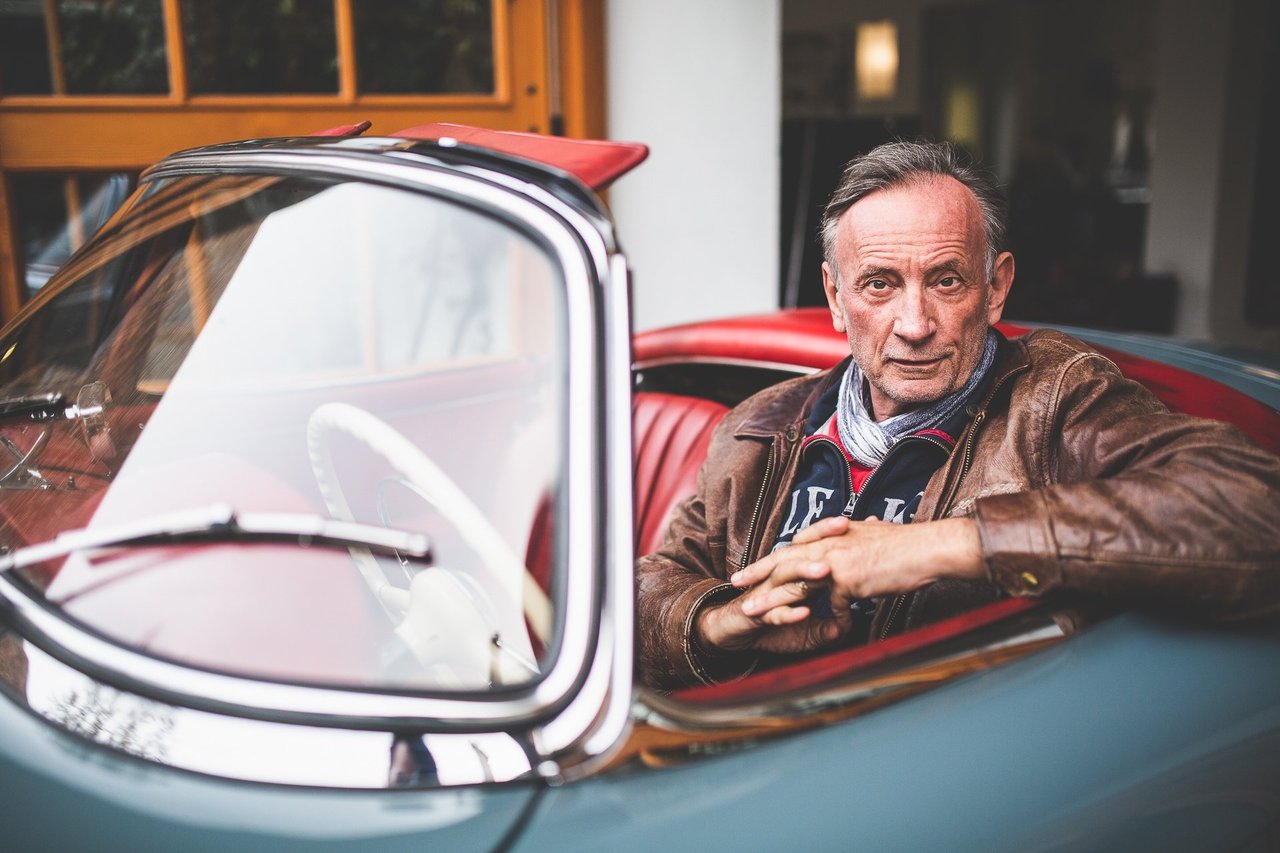
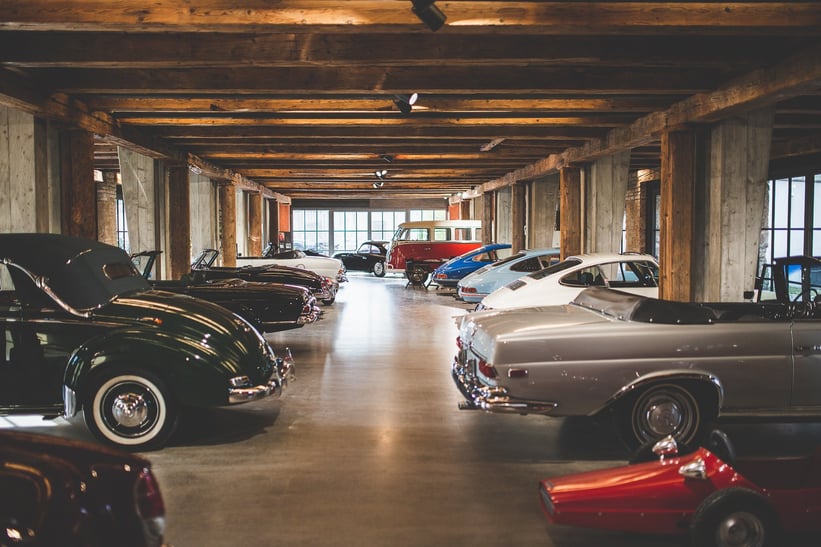
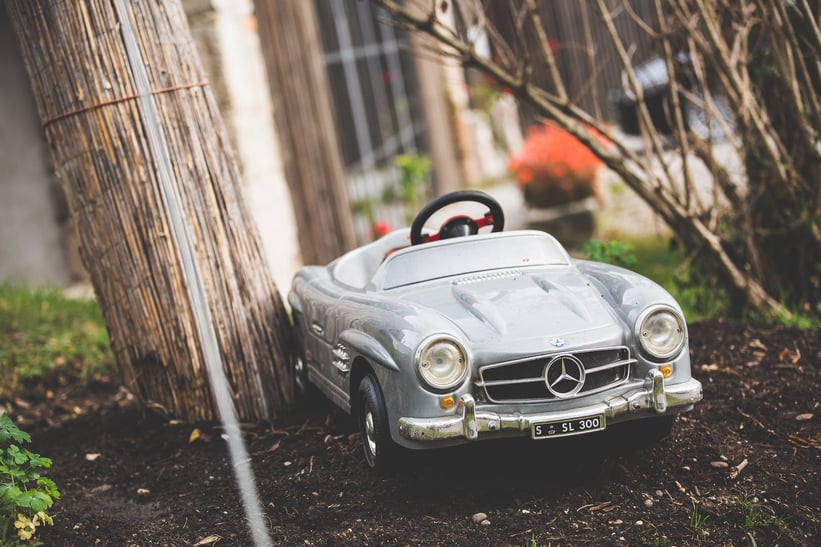
We manage to persuade Kleissl to down tools and take us for a spin in his very own ‘Gullwing’, a beautifully original example that he says was destined to be his because the original French number plate included the letters ‘HK’. His enthusiasm for the car is infectious – he takes photos at every opportunity, waxes lyrical about his experiences with it, and pores through the nostalgic history file filled with period photos with utter devotion. We asked him some questions.
By the time you’d finished your law studies, you’d owned over 100 cars – which were your favourites and why?
My favourite was a 1947 Cadillac convertible, which I still consider to be one of the coolest cars ever built. Second would be the Maserati Ghibli, because its engine sounded like an angry lion, and third would have to be the Mercedes-Benz 300SL, because it had the most beautiful backside I’d ever seen on a car.
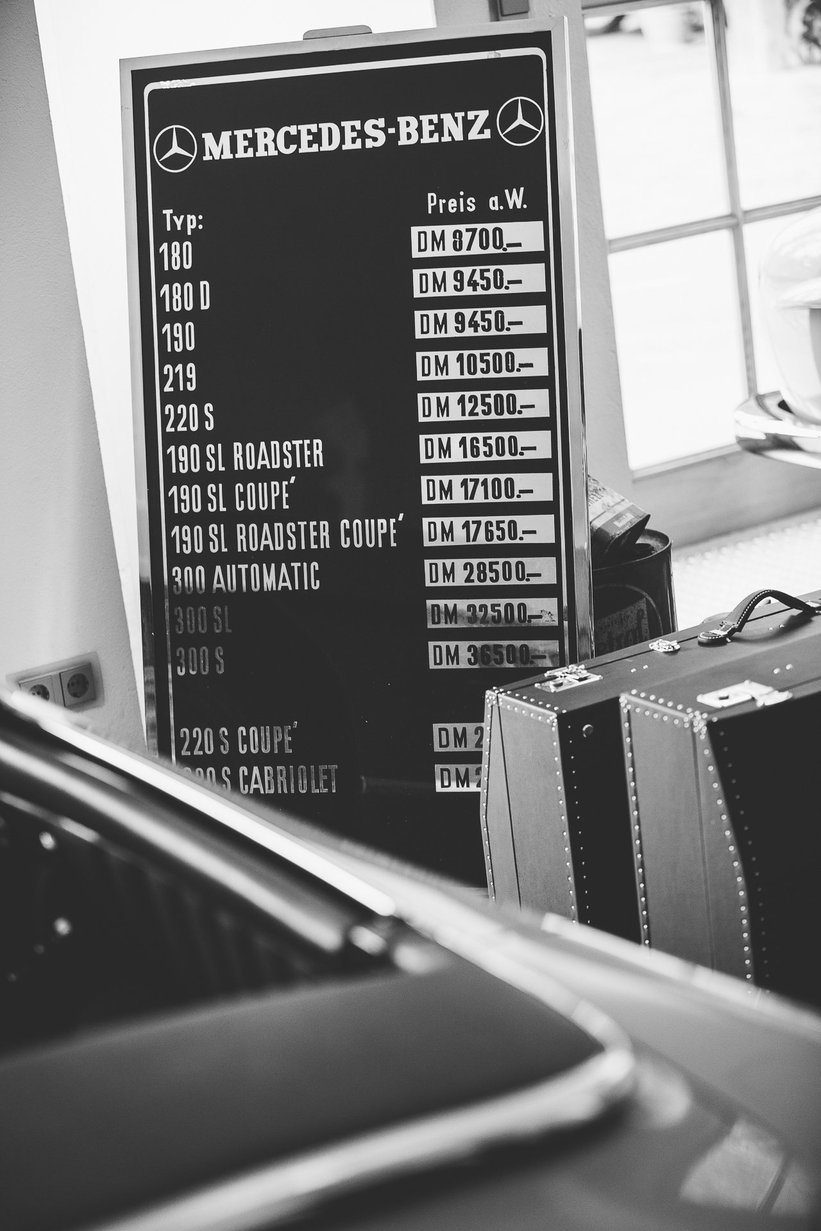
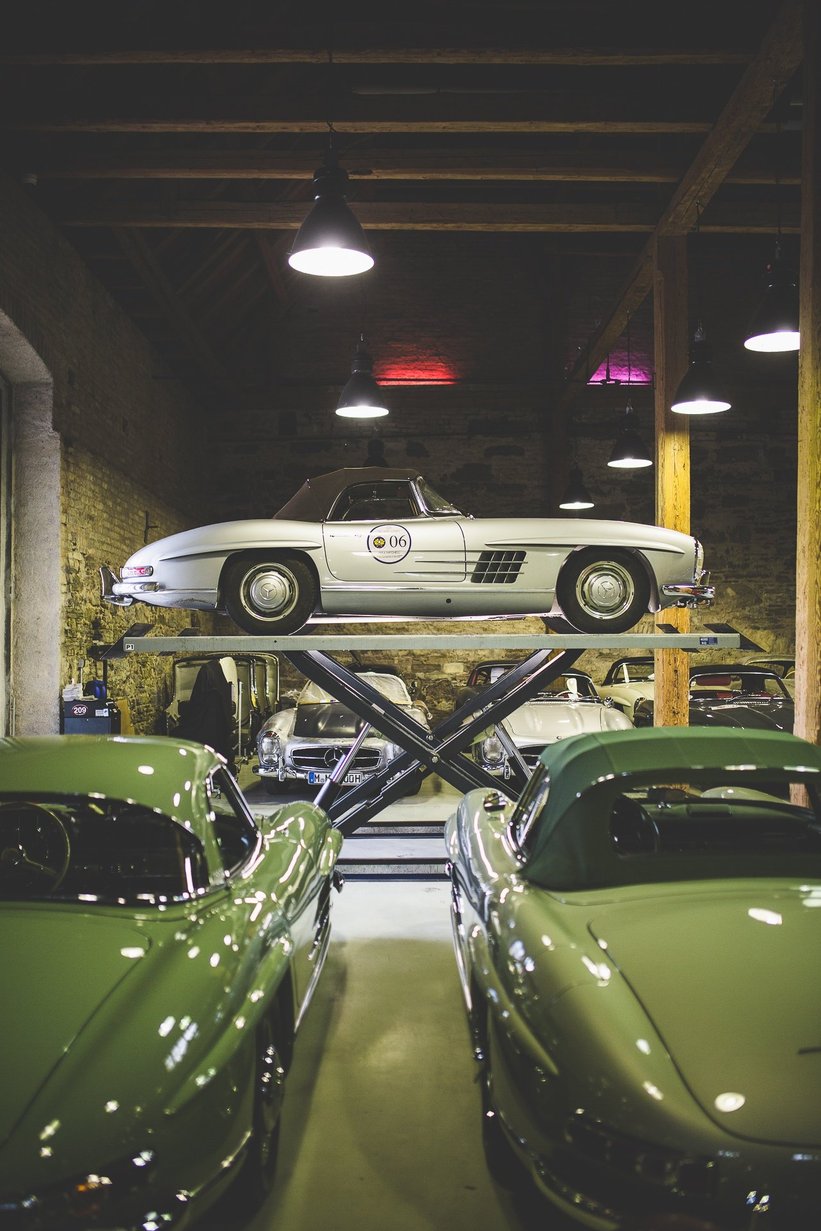
From where did your affinity for the 300SL stem?
Well, beauty and aesthetics are very important, and in my opinion, this car is the incarnation of both.
What prompted you to establish HK Engineering?
When I bought my first 300SL Roadster in 1979, I didn’t know too much about cars. I hadn’t realised that the dealer from whom I bought it had cheated me and that the chassis had been bent in an accident. I tried to find someone who could repair the chassis and make sure all the measurements were correct again, but nobody could really help. So, I had to figure it out myself and repair it on my own with the help of a local body shop. The fact no one could help gave me the idea to start a company specialised solely on the 300SL, which could resolve all the problems unique to this car. I started out in the early 1980s with just two mechanics.
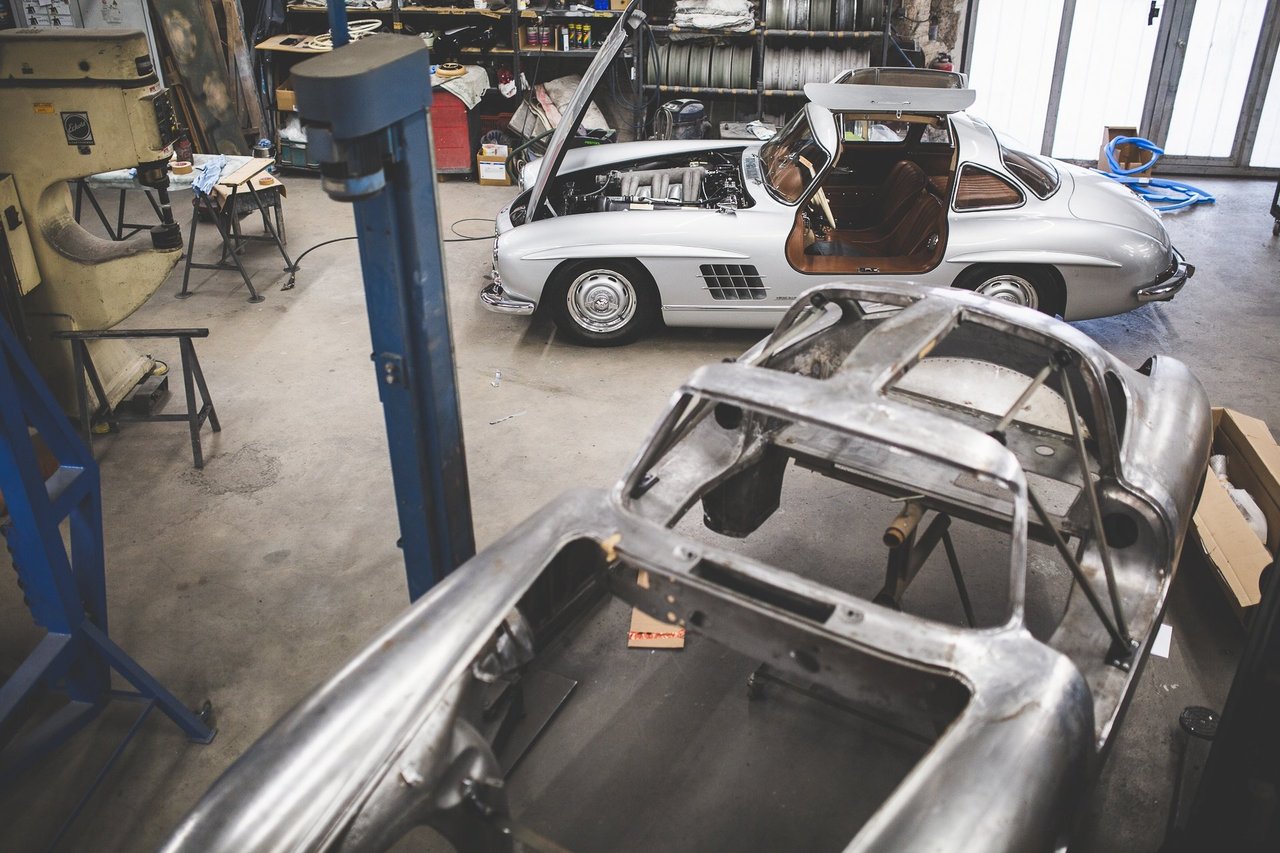
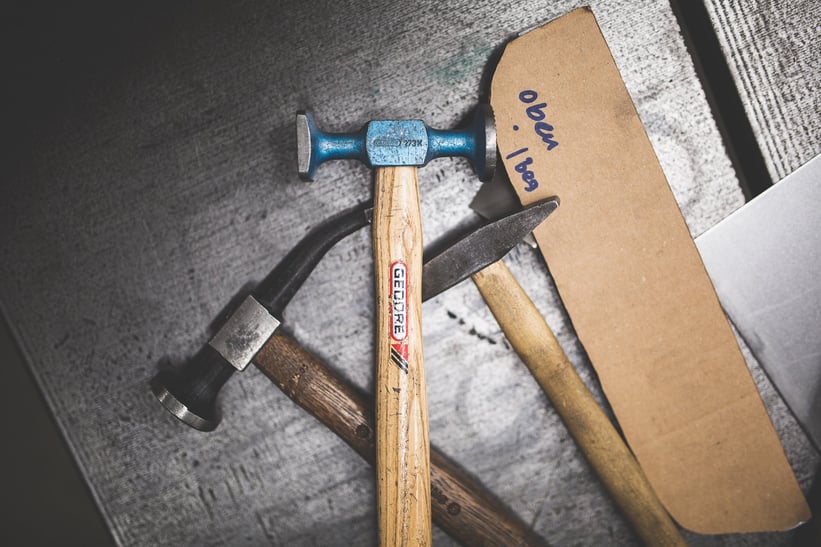
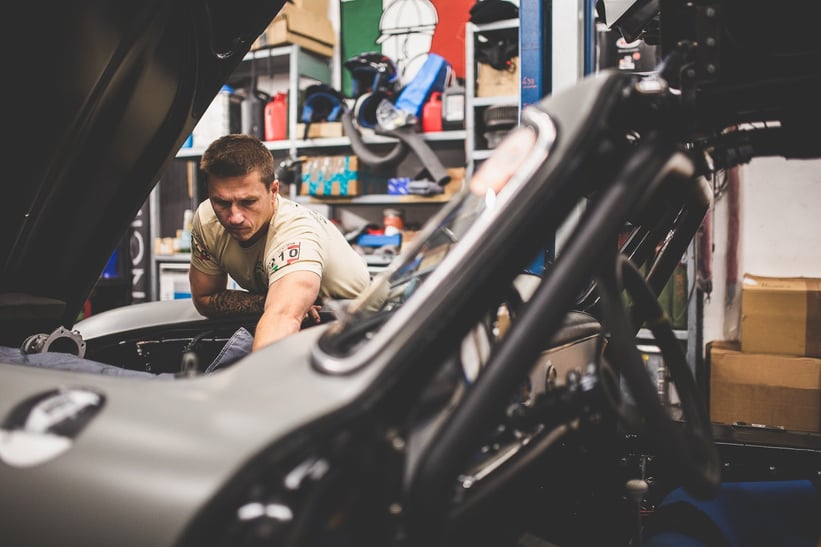
You’re the leading specialist when it comes to the restoration and maintenance of these cars – how did you earn such a strong reputation?
Because I was the first person in the classic car world to focus exclusively on this one model. I also placed emphasis on recruiting the very best mechanics I could find and keeping hold of them so the experience we gained increased every year. Another, and possibly the most important, aspect of my company is that we always aimed to maintain a high standard of quality rather than earning a lot of money. I’m proud to have never have been to court for a car-related case.
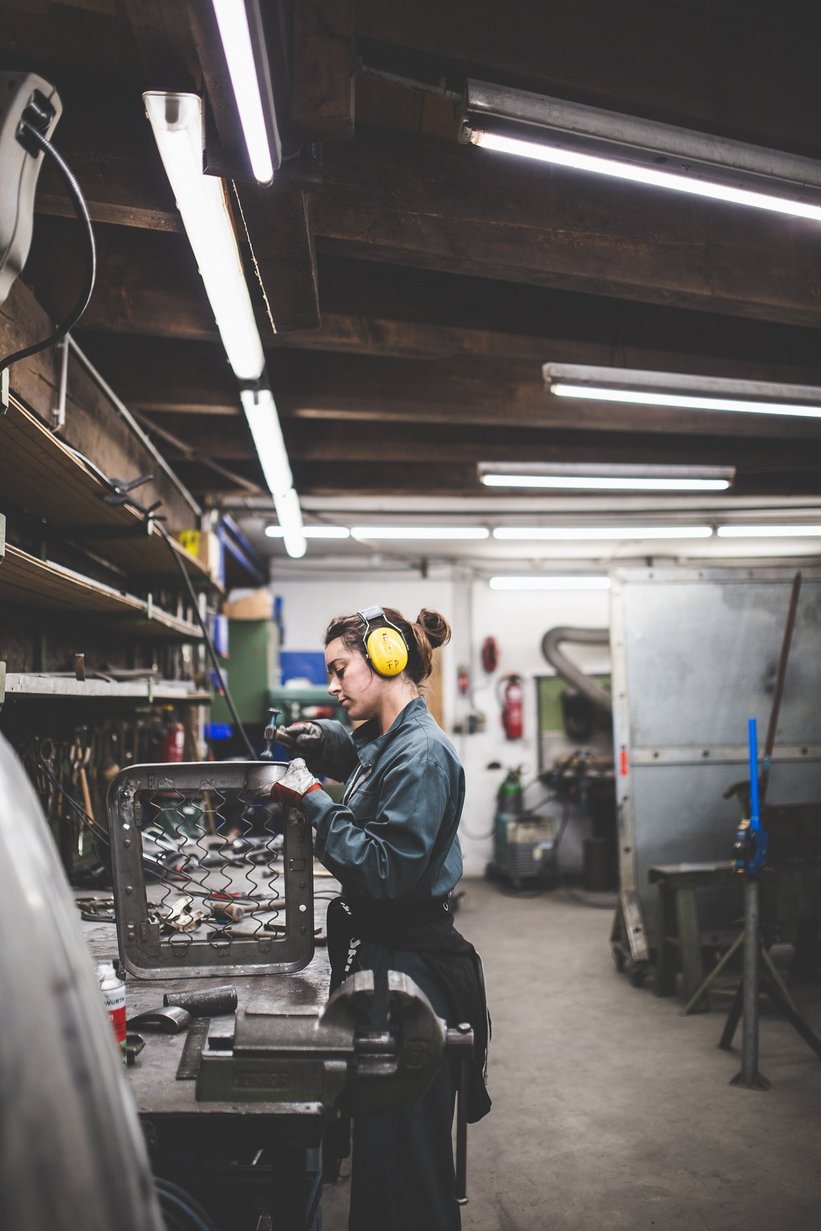

Could you tell us a little more about the monastery from which your business operates?
When I started collecting old cars in the late 1970s, they were cheap and easy to find – I was able to find a new car every weekend! But the more cars I owned, the harder it was to store them all, so I decided to search for a place of my own in which to keep them all. As I love old buildings as well as old cars, I wanted a historic building. Someone told me about a list of buildings available from the Denkmalamt, which is the authority responsible for historic buildings in Germany.
I remember inspecting around 20 buildings on the outskirts of Munich until I found the place where I am now. It was mostly in ruins, but then so were my cars and I wasn’t scared of undertaking a big restoration project. It took around 10 years to construct the main buildings, during which time the company remained small. After that, I was free to invest a lot more energy into the company to develop it to where it is now.
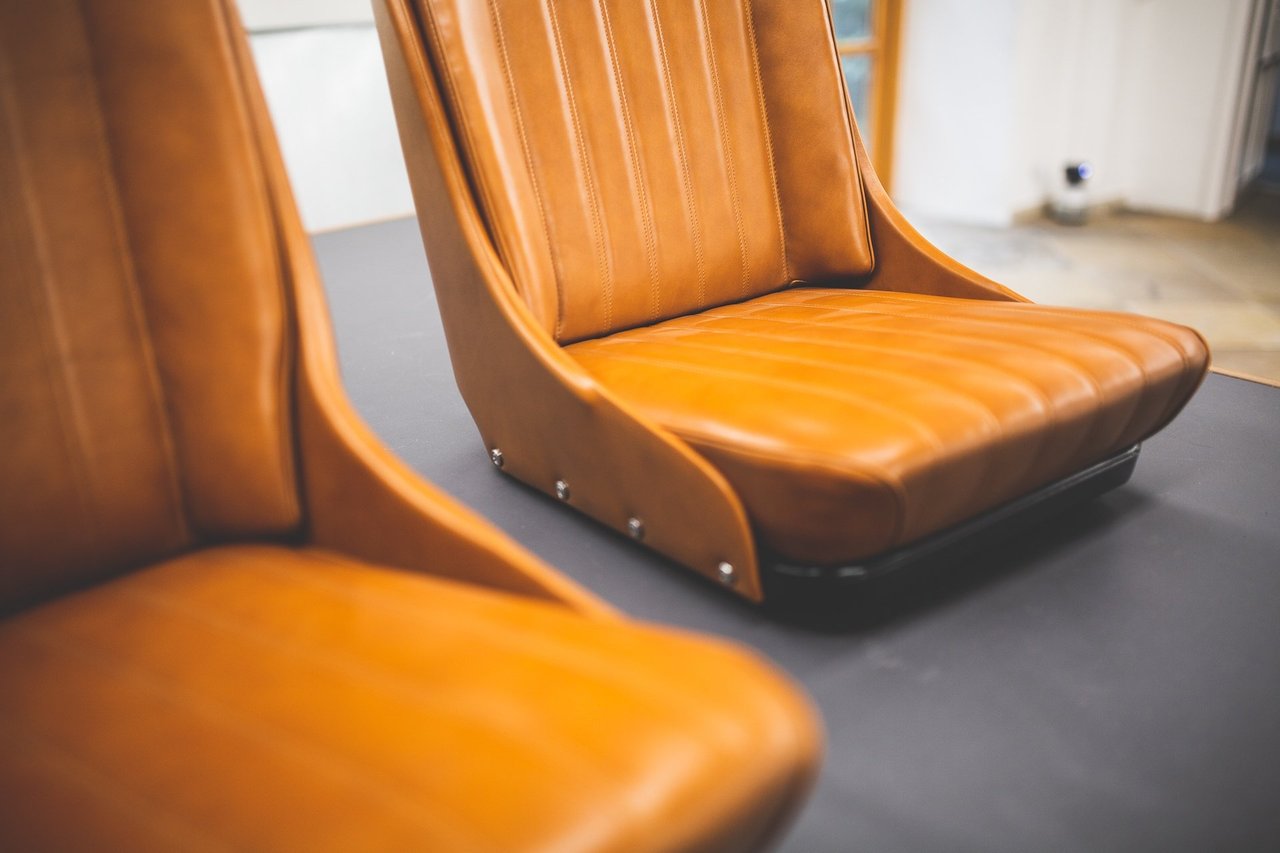

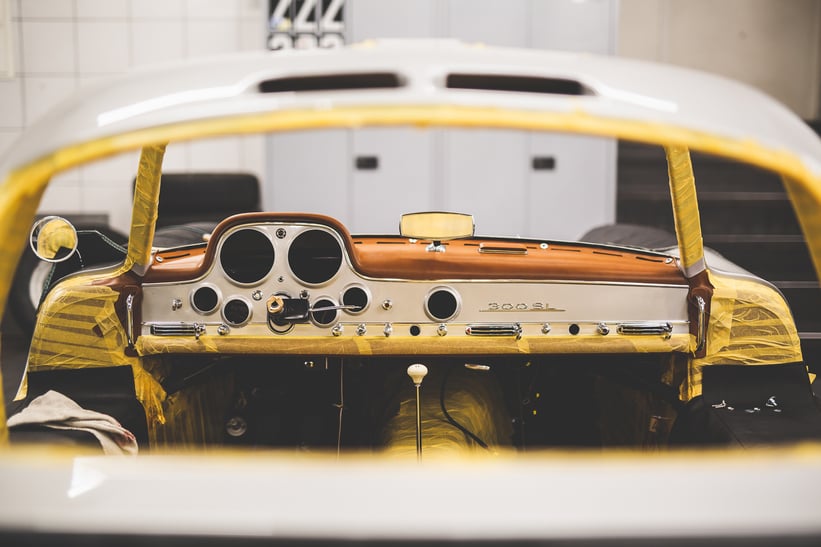
How has the market changed for the 300SL in the last five years and where do you see it headed in the future?
In 2013, 2014, and 2015, values of 300SLs increased a lot and many investors injected money into the market. This ended in 2015 and since then a lot of those investors have left the market and only the true enthusiasts remain. Selling 300SLs is not as easy as it was before and yes, we’ve sold fewer cars. But customers now focus on originality and history. I think current values will remain as they are for a while until we encounter new circumstances. China, for example, could open its market to classic cars and then prices would undoubtedly take a leap again. Whether this will happen in the next month or in three years’ time, nobody knows.
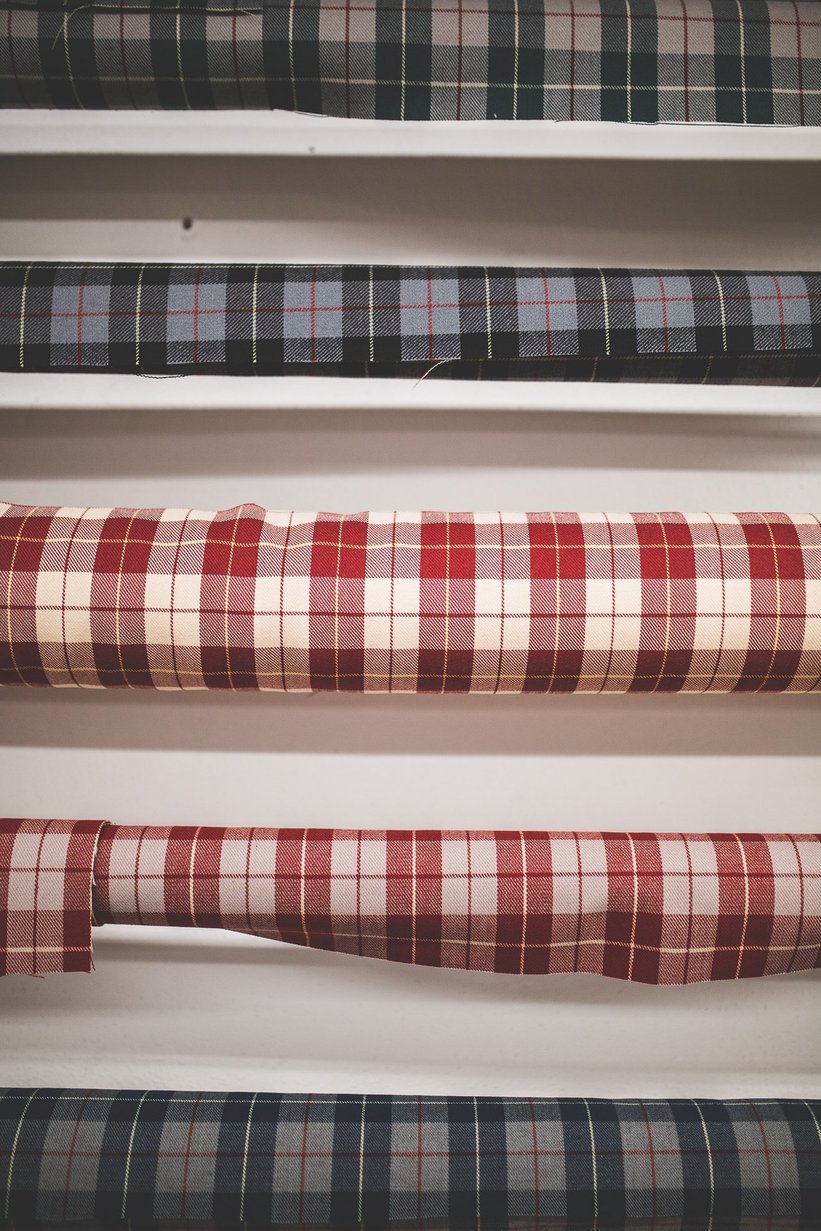
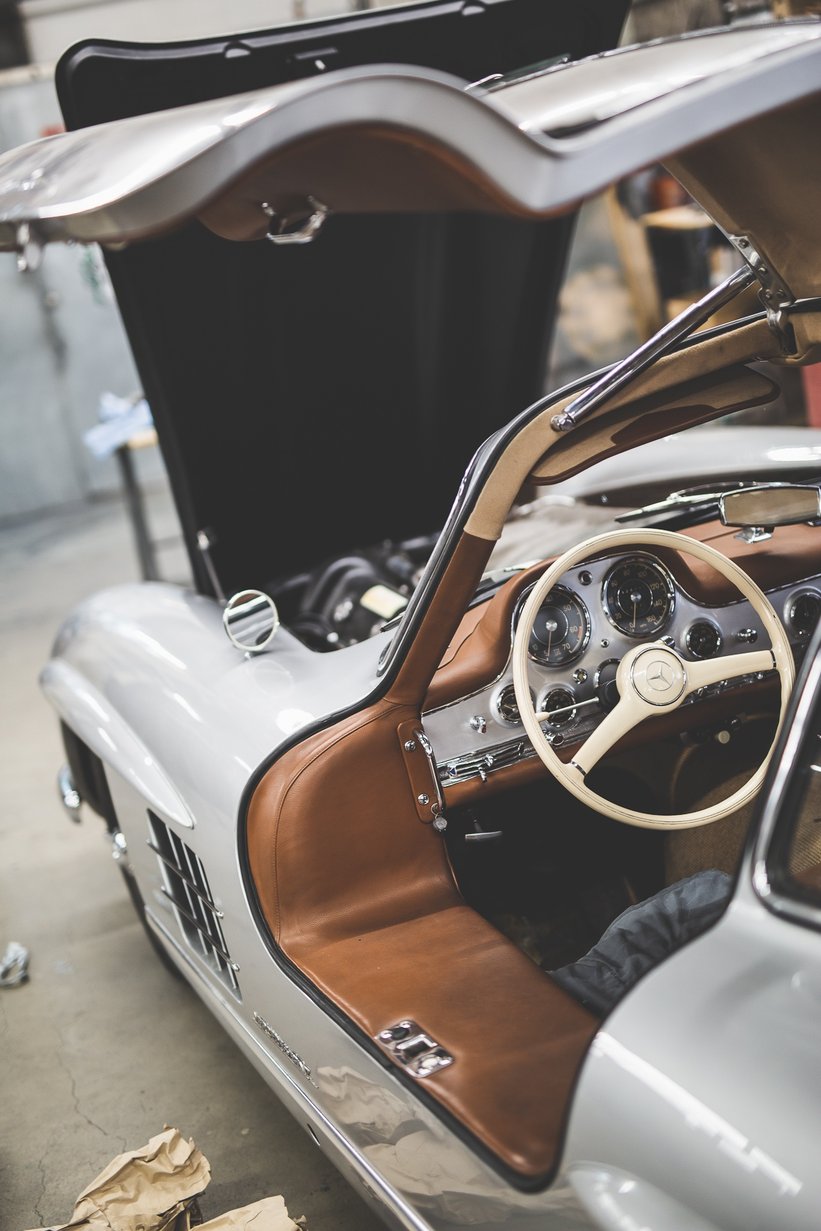
How important is originality when it comes to your restorations and how do you preserve as much of what is original as possible?
My philosophy has always been to preserve as many of the cars’ original parts as possible. Even in the early 1980s when I restored my own Roadster, I kept the original leather and found someone who was able to restore it. This was at a time when the common philosophy was to make everything new, no matter how good it genuinely might have been.

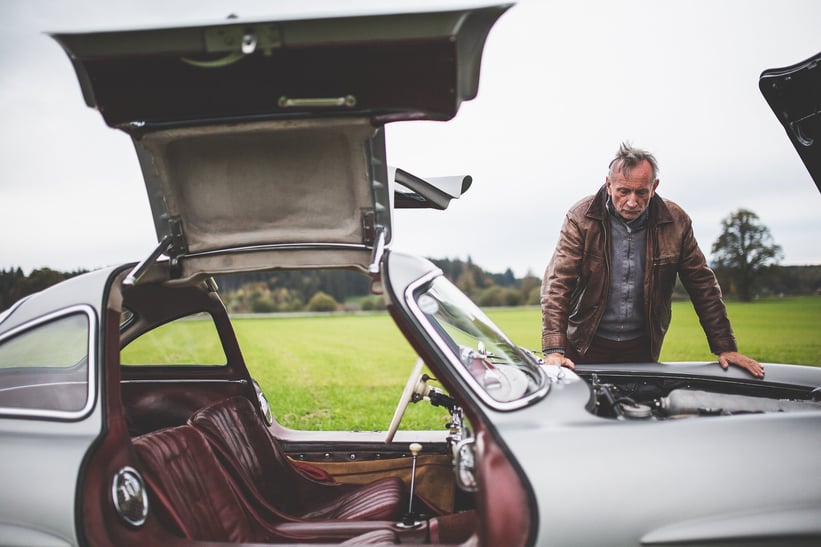
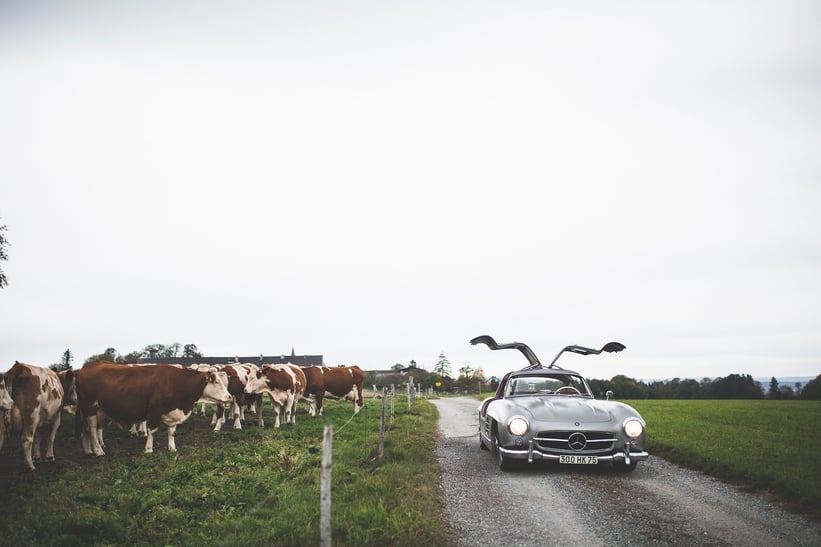
It was a long time before my philosophy made a breakthrough in the market. Around four years ago at the auctions in Scottsdale, two black Gullwings were sold, one of them beautifully restored and the other resembling a chicken coop and in desperate need of restoration. The chicken coop rose 400,000 US dollars above the winning bid of the restored car. As a matter of fact, the market now goes from one extreme to the other…

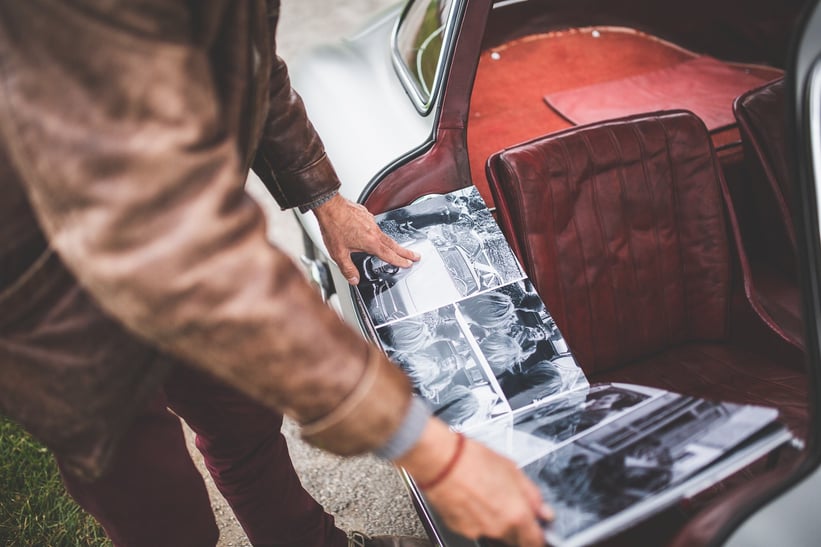
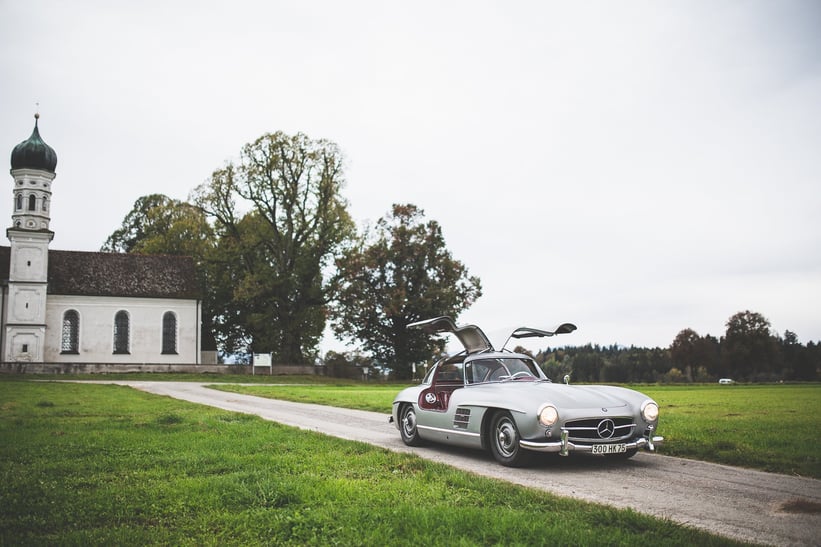
I personally love old leather, chrome, and glass, but I can’t see a problem if the engine number doesn’t match the chassis number so long as it’s a correct-type engine for the car. We are carrying out more and more restorations focused on preservation and, in the end, you can’t really tell the cars have been restored. But beneath the surface, all the mechanicals have been refreshed with perfection, so that the cars run just like they did when they came out of the factory.
How does it make you feel that such a huge number of 300SLs are preserved and continue to be enjoyed because of your work?
It feels good, especially seeing that my philosophy for originality is now commonplace. It feels good to have so many happy and grateful customers and to have so many of these great cars around me every day.
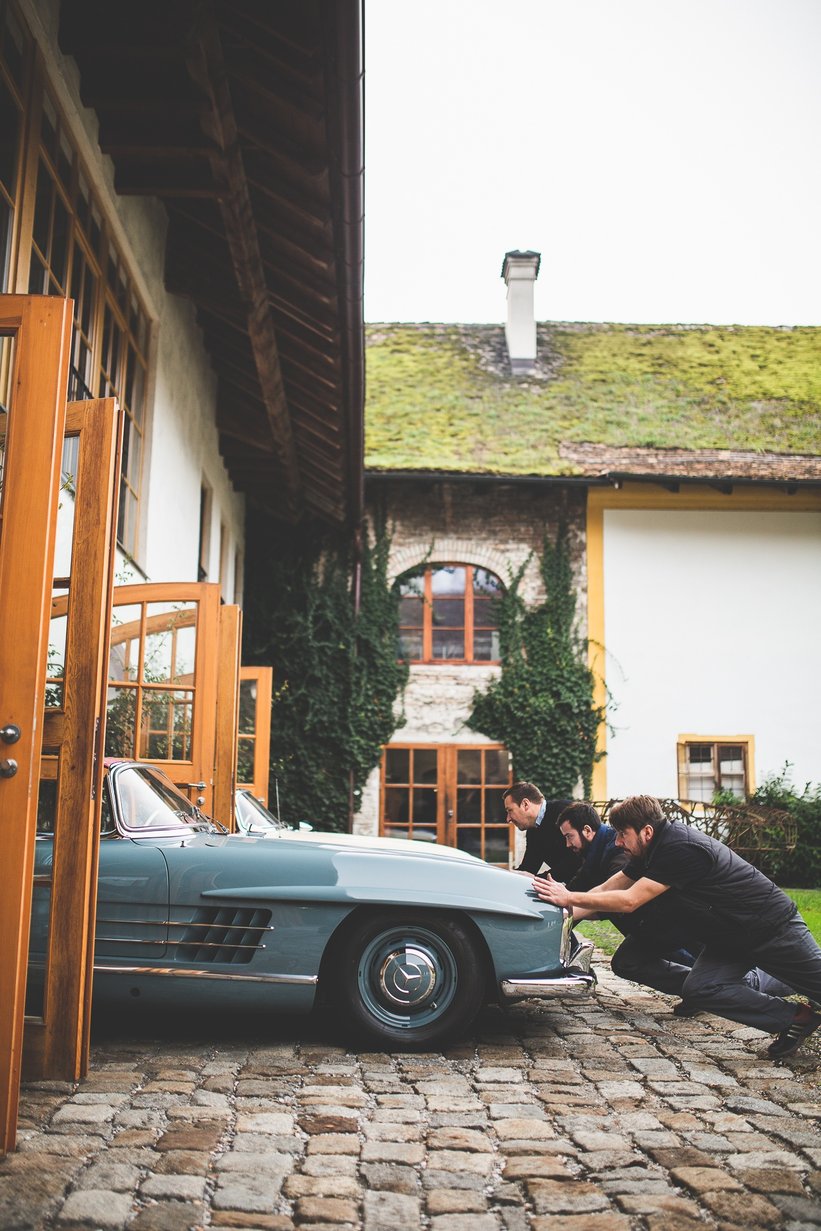
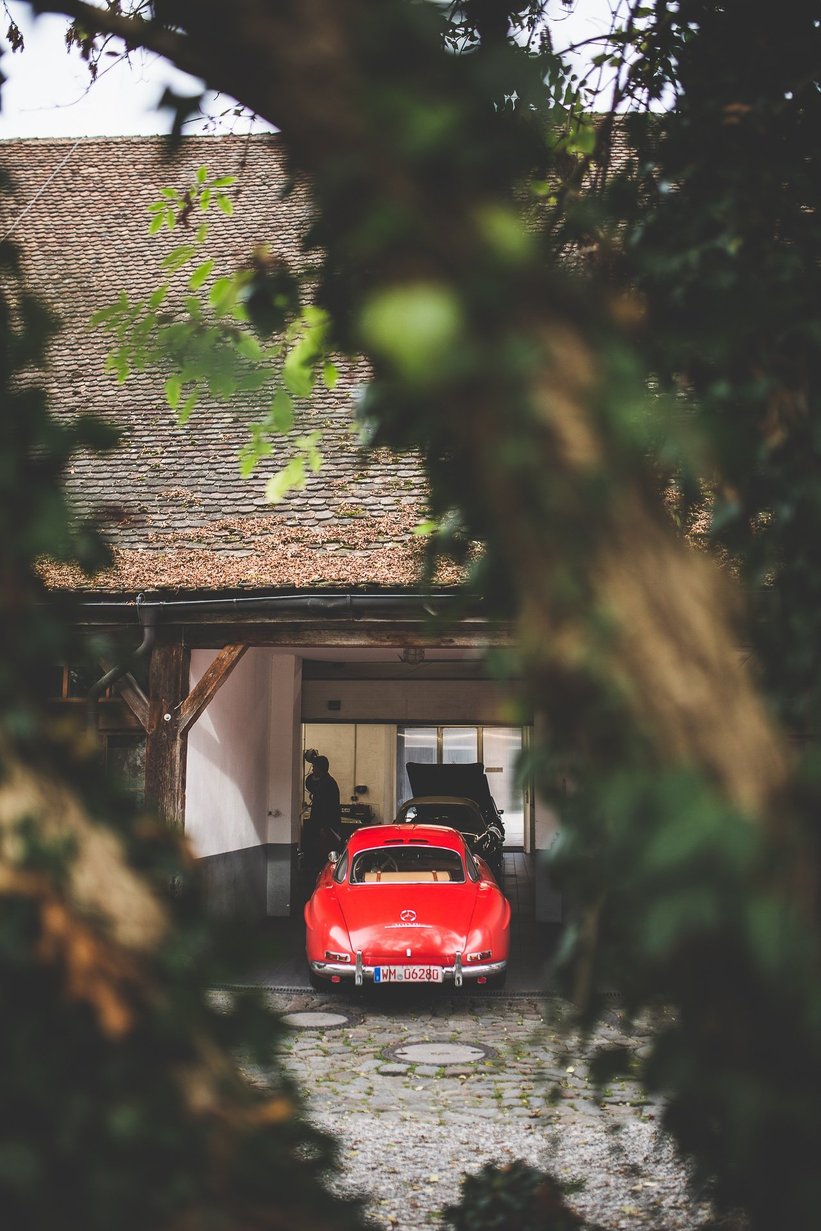
Racing is clearly an important part of your business and you’ve scored successes at the major historic meetings – why is this?
When we started restoring 300SLs, you didn’t see any of these cars in historic racing. The more I learned about the history of the 300SL, the more I asked myself why nobody races them today when they were so successful in the 1950s and won almost every major race. So, I just took my own Roadster as it was and started participating in historic racing. From the beginning, I was quite successful, so I decided to use public events to prove my cars’ quality and our technical knowledge, instead of putting lots of money in traditional advertising. Together with one of our best mechanics, we improved our performance every season and scored some very good results over the years. Not to mention I have had a lot of fun racing and it keeps me young!
Photos: Mathieu Bonnevie for Classic Driver © 2018













































































































